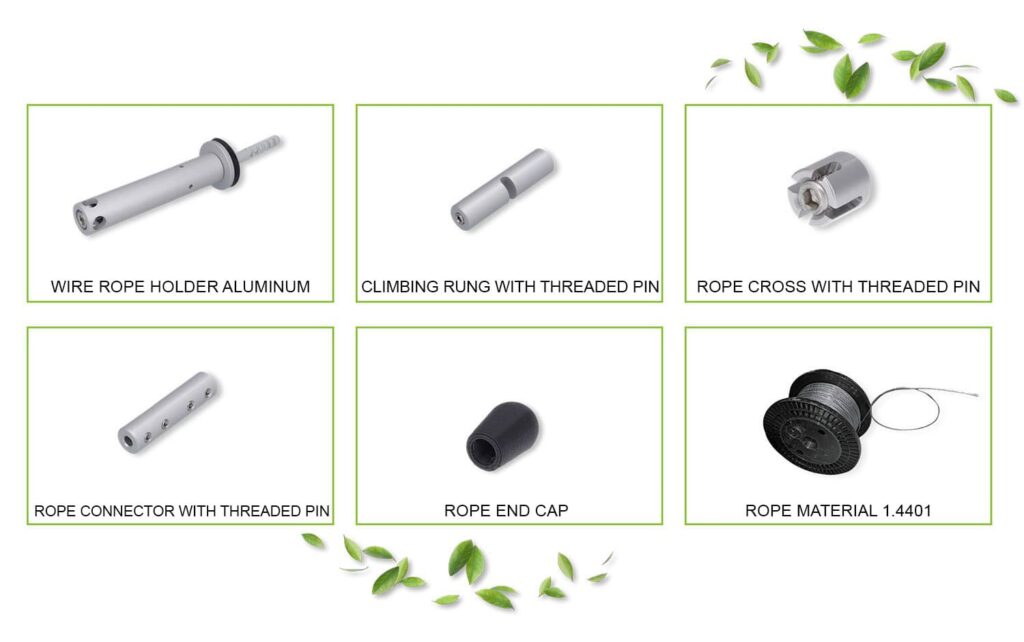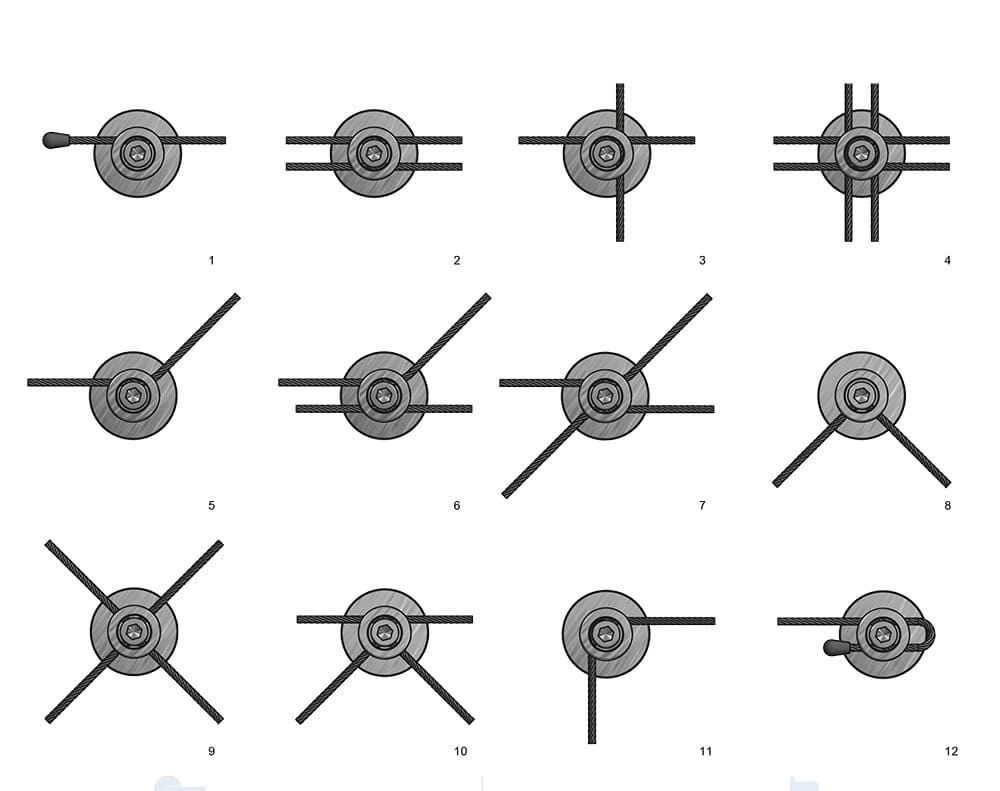Urban Gardening: Discover the benefits of vertical gardens in the city!
The concept of Urban Garden is on the rise in Germany and Austria and is gaining more and more importance in our cities. Urban gardening means gardening in the city, bringing nature back to our metropolises. The focus is not on a bountiful harvest, but on enriching and beautifying city life. Small green retreat biotopes are created – as a balance to the hectic, often gray city life.
But urban gardening is not an invention of modern times. Already in the nineteenth century, the first attempts were made to establish agricultural land in urban areas. The Community Gardens in New York City, created in the 1970s, served as inspiration Originally, gardens were used only for self-sufficiency, but now other aspects are in the foreground. Social, artistic, nutritional and urban design considerations play an important role.
What cannot be planted at ground level is simply moved to the vertical, known as vertical gardening. Vertical gardening is a growing trend and a great way to make the most of limited spaces. They transform gray concrete into lush greenery and act as biological air conditioners. No wonder more and more mini-ecosystems are sprouting from the ground – or rather from the walls – especially in cities where space is often at a premium. Here, plants are pulled up into the air on special constructions, creating a green oasis in the middle of the urban jungle.
Vertical gardening is not only a space-saving solution, but also offers an aesthetic and ecological alternative for urban environments. From herbs and vegetables to flowers and shrubs, many different types of plants can be grown. The result is a green, vibrant space that positively impacts the cityscape while contributing to sustainability. Urban garden and vertical garden systems not only create habitats for plants, but also improve the quality of life for people in the city.
A green oasis in the middle of the urban jungle – this is the dream of many city dwellers. Urban gardening and vertical gardening make this dream a reality, transforming urban areas into a sustainable and green paradise.
Biophilia
Vertical gardens are biophilic designs that incorporate natural elements, materials and forms into architecture. Research has shown that a mix of plant species can have a strong biophilic effect, providing measurable physical and physiological benefits.
Air quality
Green facades reduce the CO2 balance of a building, the plants bind air pollutants, nitrogen dioxide up to 40%. Sulfur dioxide, ozone and fine dust even up to 60%. Rain later washes away the pollutants and they are filtered out by the substrate under the plants.
Exterior walls
Reducing the absorption of thermal energy transferred through the building walls to the interior surface.
Quality of life
Reduction of noise pollution on the building by up to 10 decibels with a full green roof.
Design considerations
Since most plants rely on soil, which is rarely found on vertical surfaces, a successful vertical garden requires careful pre-planning and a quality substructure.
As the base for the vertical garden, the wall must serve a number of important functions:
- It must be able to support the load of the entire system
- Waterproofing to protect the load-bearing wall from the bulk of irrigation water and prevent the risk of long-term water damage
- Orientation and location to provide the most favorable growing conditions.
Südmetall offers the appropriate system needed to optimally equip a house facade for greening:


